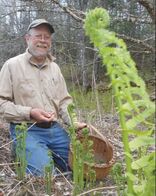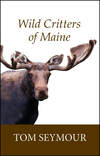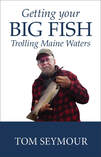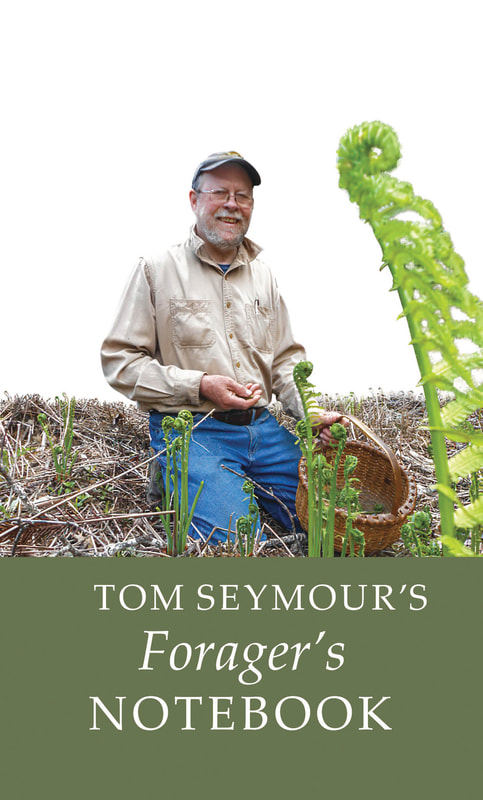|
Instead of lures or flies, we brought a pail of live bait, golden shiners. Trout won’t travel too far now that the water has become super-chilled and in order to entice them to bite, we need to put the most attractive offering possible right in front of their noses. This requires fishing on or near bottom, something not always possible with flies or lures. We fished our first spot, with no results. So then we decided to give another popular river a shot. And as expected on a nice, warm day, even one in January, fly-fishers were out in droves. The pools we wished to fish were jam-packed with fly casters, some wading (this is a small river and it is possible to cast all the way across it, no real need to wade) out in the middle of the pool. Disgusted, I didn’t even take my rod out of the car. But Allen, undaunted, chose the only remaining spot on the river that wasn’t occupied by people with fly rods. Hooking on a live shiner, Allen dropped his offering down and almost immediately, got a bite. The fish got his bait without getting hooked, so he re-baited and this time he hooked the fish. The fly-fisher, wading in the pool just upstream of the bridge, watched in obvious disgust, as Allen derricked his 12 ½- inch brook trout up to the pavement.
It all just goes to show that waders, fancy equipment, hundreds of fly patterns and everything else that goes along with it, don’t necessarily translate to a productive day on the water. Just ask my buddy Allen.
1 Comment
Every once in a while in winter I’ll go on a photo, “adventure” with friend and wildlife photographer David Small. Dave introduced me to this cold-weather activity and now I’m hooked. It amazes me just how much wildlife a person can see by just looking out over a protected harbor. Seabirds, many of which are only present in winter, swim past in wild profusion.
Lively Time Too many people have the mistaken idea that our bays and seashores are bereft of life in winter. Instead, though, winter sees a great deal of wildlife activity. You just have to get out there and watch in order to see it.
Cabin Fever Reliever
For me, getting out on a photoshoot in winter means getting out of the house. A freelance writer, I am cooped up all winter, sitting at my writing desk in a wood-heated office. So going to various harbors up and down the Midcoast region gets me out and breaks the “cabin fever” stranglehold. It’s also a time to dine out. Hot beverages never taste as good as when consumed after coming in from the cold.
the name brings back happy memories. But then as the years rolled on, Postum became less popular and eventually the company went out of business. I didn’t know it, but another company recently began manufacturing Postum once again, after all that time. Every so often over the years, something would trigger my memory and thoughts of Postum would pass through my mind. And so when I spied a jar of Postum on the shelf at Hope General Store in Hope, Maine, I was delighted.
And so there it sat, viewed by many who in all likelihood had no idea what the stuff was. Until I saw it. For this lady to do something so kind, for a stranger, was beyond belief. What’s more, she was very pleased to find someone who enjoyed Postum. I told her about how, as a youngster in the very early 1950s, my grandma would make two cups of Postum, one for me and one for her, and we would sit around the table and discuss matters of the day. And because of that kindly lady at Hope General Store, it all came back, those Halcyon days of youth. Back home the next morning, it was time to see if Postum still tasted the same. Had my perhaps, overactive memory filled in blanks that were never there? Did the stuff still taste as I remembered? One sip said it all. Mildly sweetish and with no trace of bitterness, I was transported back 60-some years in time. So hold on to hope, hope that somewhere out there is a person you don’t even know, who will bolster your faith in the goodness of people. By the way, most stores have yet to stock Postum. Health-food stores, though, may have some on hand. Postum is also available online, from the company. Just type in “Postum” on your search engine.
Then suddenly, the still woodlands erupt in a cacophony of chatter and squawks. A red squirrel has spotted the hunter and has turned itself into a one-squirrel, three-ring circus, chattering, tail whipping, jumping and running in first one direction, then the other. To make matters worse, once a lone red squirrel begins its noisy protest, other squirrels in the vicinity often add their two cents to the matter. In the end, the notion of waiting for a deer becomes an exercise in futility. Times have changed That was then and this is now and that same hunter on the same deer stand can easily sit in place all day and never even imagine a red squirrel. But where did the squirrels go? What could possibly erase such a strong presence as red squirrels?
The idea, then, is that starving owls have eaten all the red squirrels. It’s a nice-sounding answer to the question of where the red squirrels went, but is it accurate? Owls are nocturnal, while red squirrels are diurnal; they become most active at dusk and dawn. Red squirrels do range about in the daytime, but only very rarely at night. Also, owls need a bit of room to swoop down and grab their prey. But since red squirrels spend the night in trees, it’s difficult to imagine how an owl could manage to kill a squirrel at all. Something else must have caused the red squirrel population to plummet. Perhaps I’m wrong. But perhaps I’m right, and if so, what might we consider next? Migration Theory Well, squirrels migrate. The gray squirrel irruption of the last several years has ended abruptly. The squirrels just left. It’s a known fact that gray squirrels migrate en masse, sometimes crossing major rivers, lemming-like in their mass pilgrimages. So might red squirrels have done the same thing? Until someone can definitely prove where the red squirrels went, I’m sticking to my migration theory. And with that, I’ll go further out on the proverbial limb and predict that just as they left, red squirrels will return. Range maps of various wildlife species remind me of the shapeless blobs inside a lava lamp, constantly expanding and contracting. Much of this is easily explained by changes in food sources, along with other more subtle factors. In summation, I’m not too worried about red squirrels. My thought is that somewhere, someplace, there are an awful lot of red squirrels and they will eventually return to their traditional haunts. We’ll just have to wait and see how it all shakes out.
|
AuthorAn avid writer and naturalist, Tom writes four regular columns and a multitude of features. He wrote a long running award winning column "Waldo County Outdoors" and a garden column for Courier Publications Archives
November 2020
Categories |
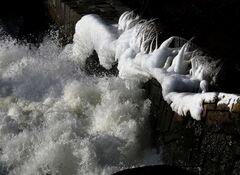
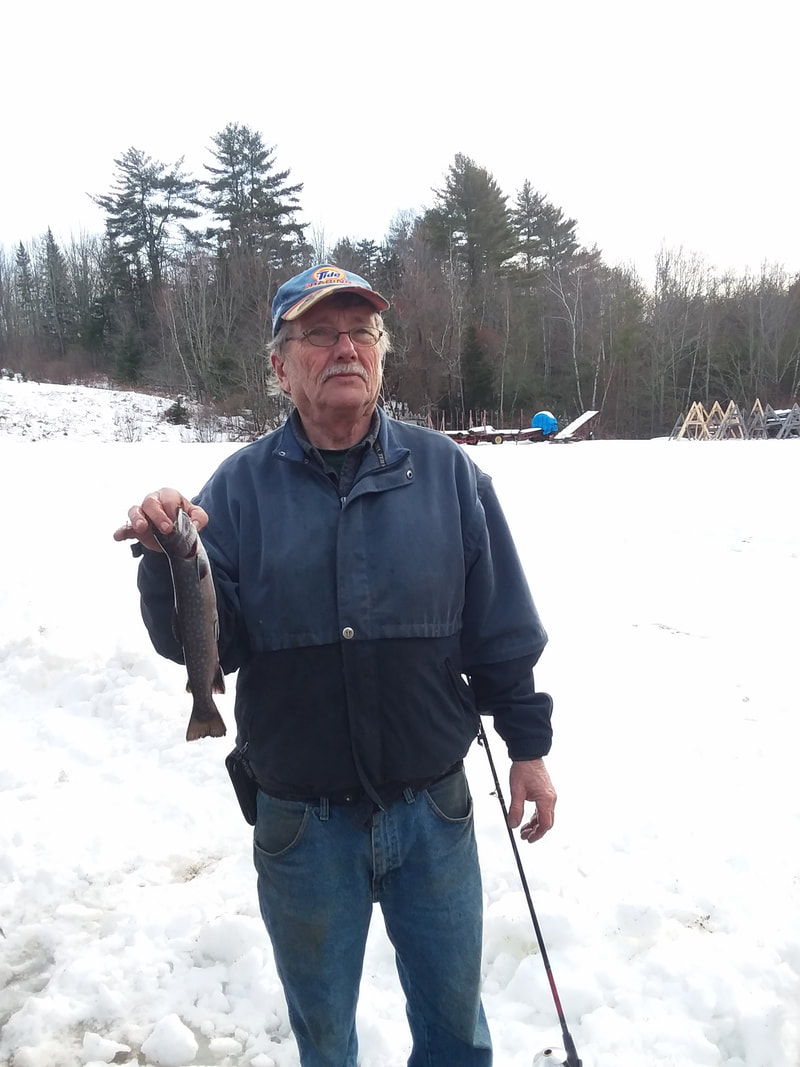

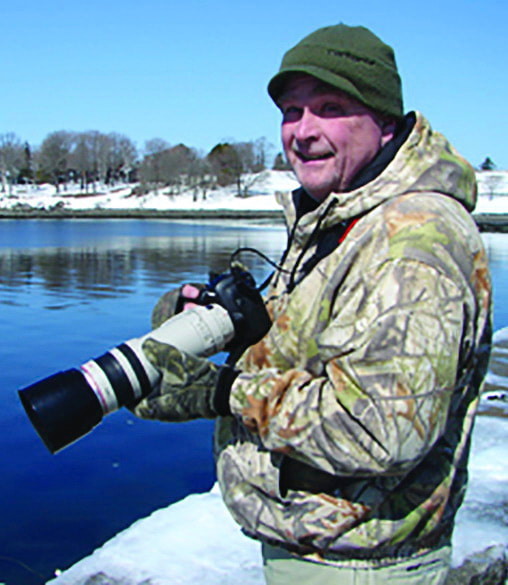
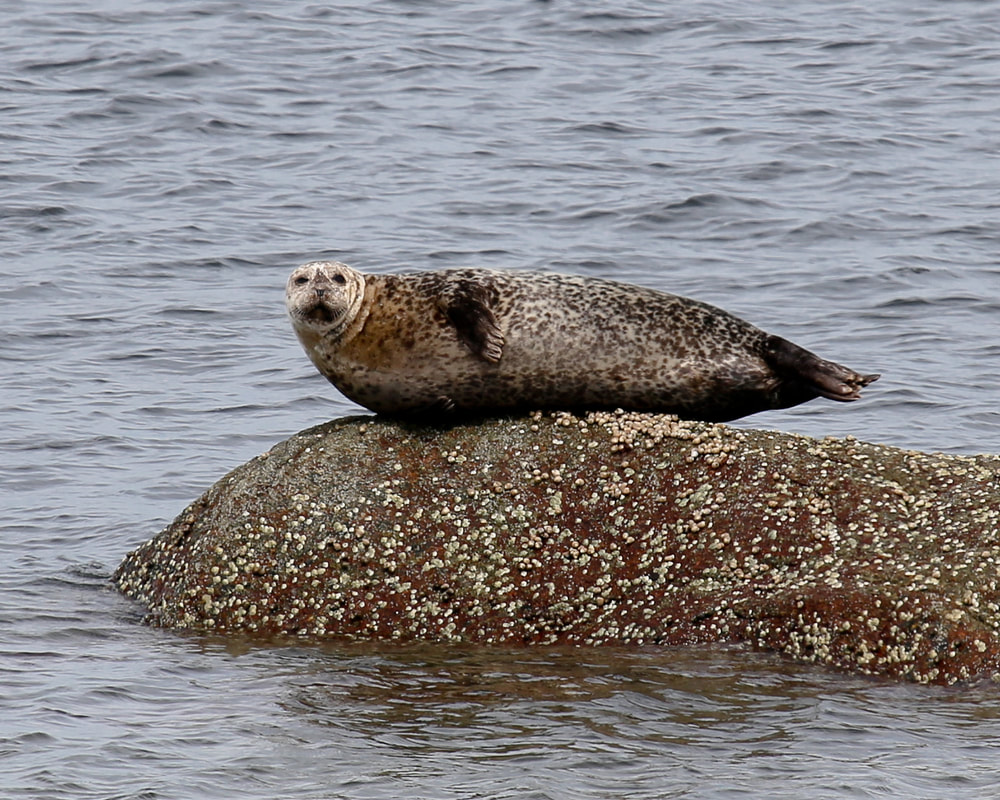
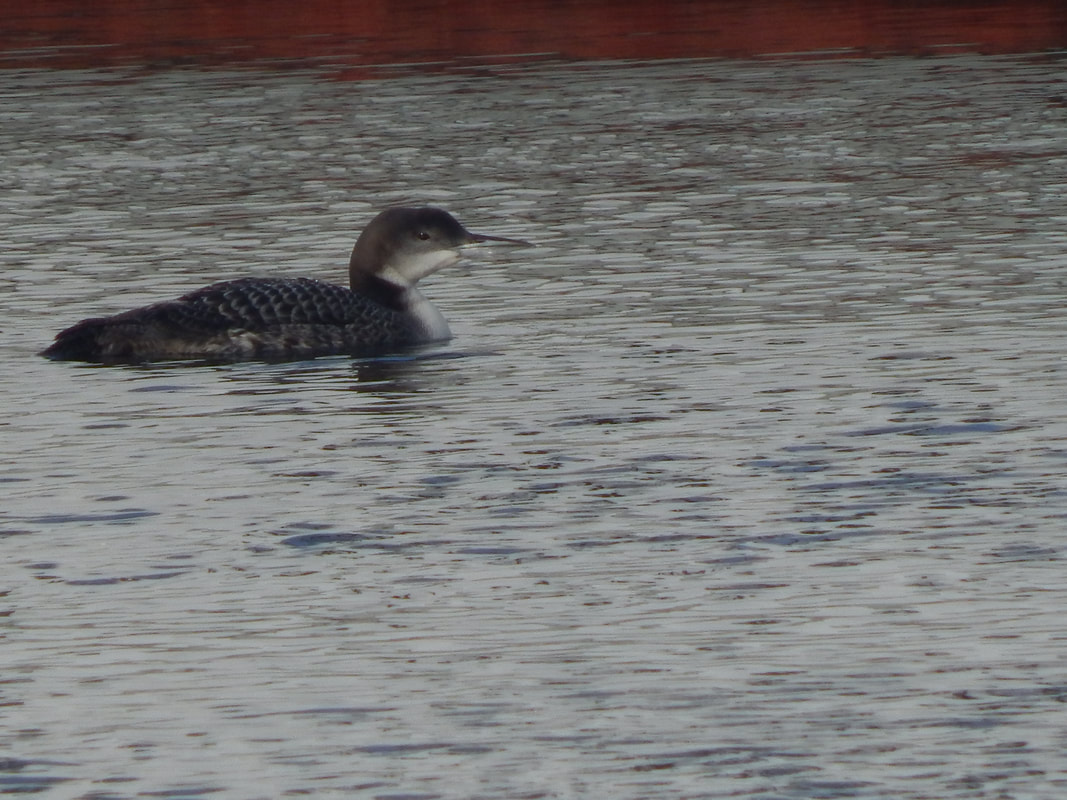
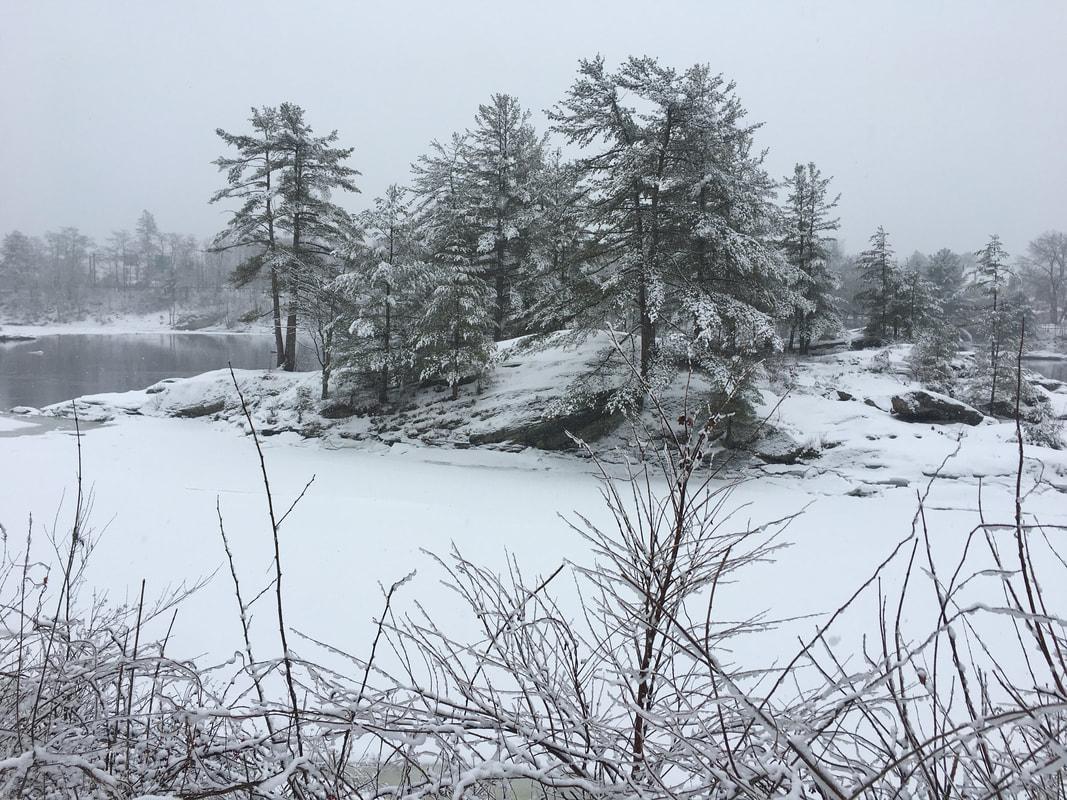
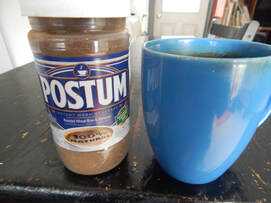
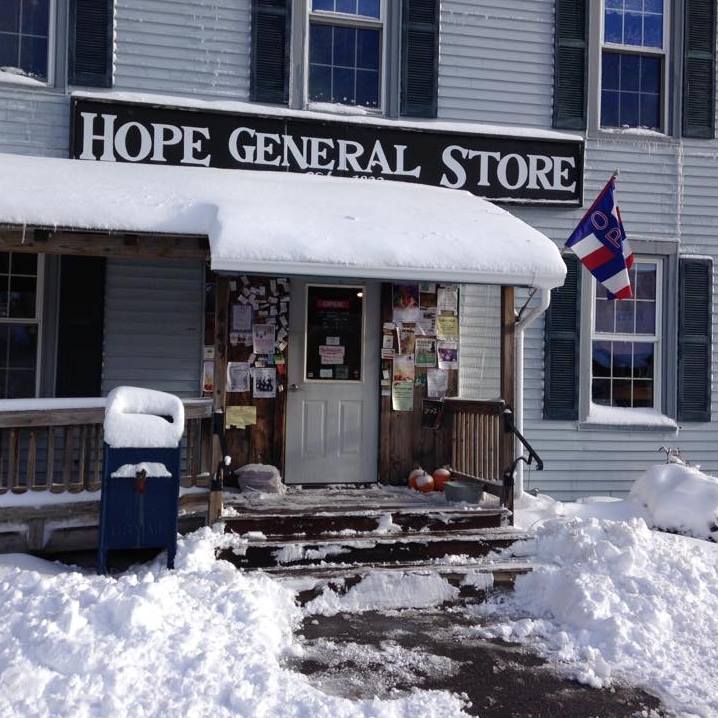

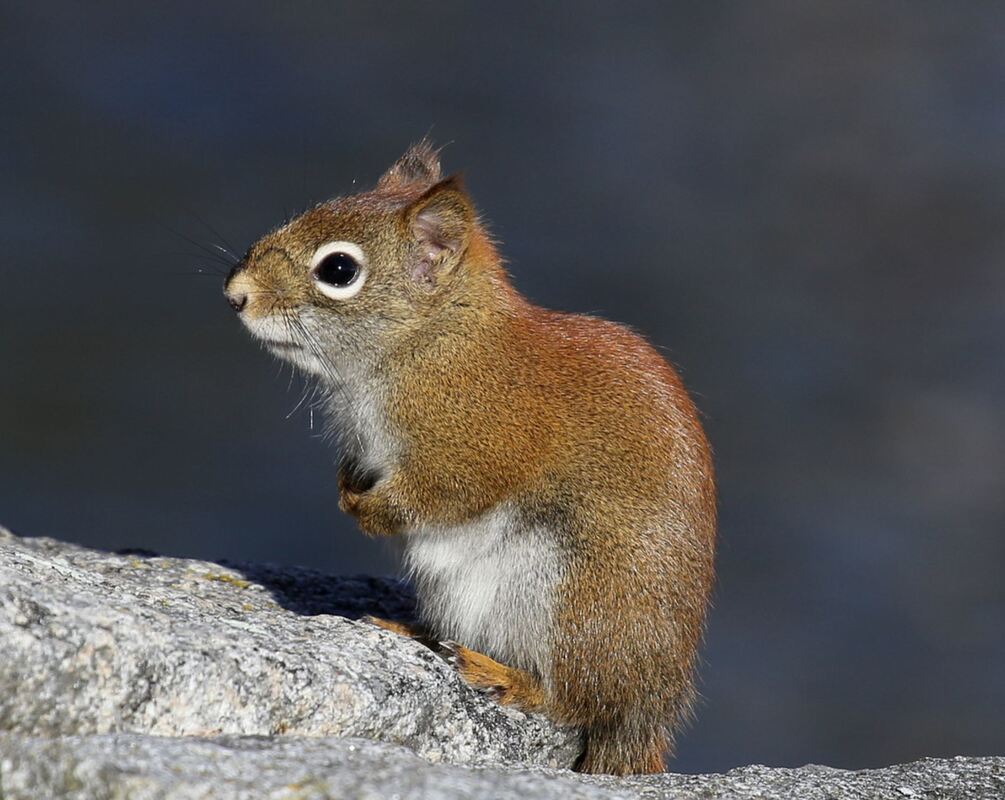
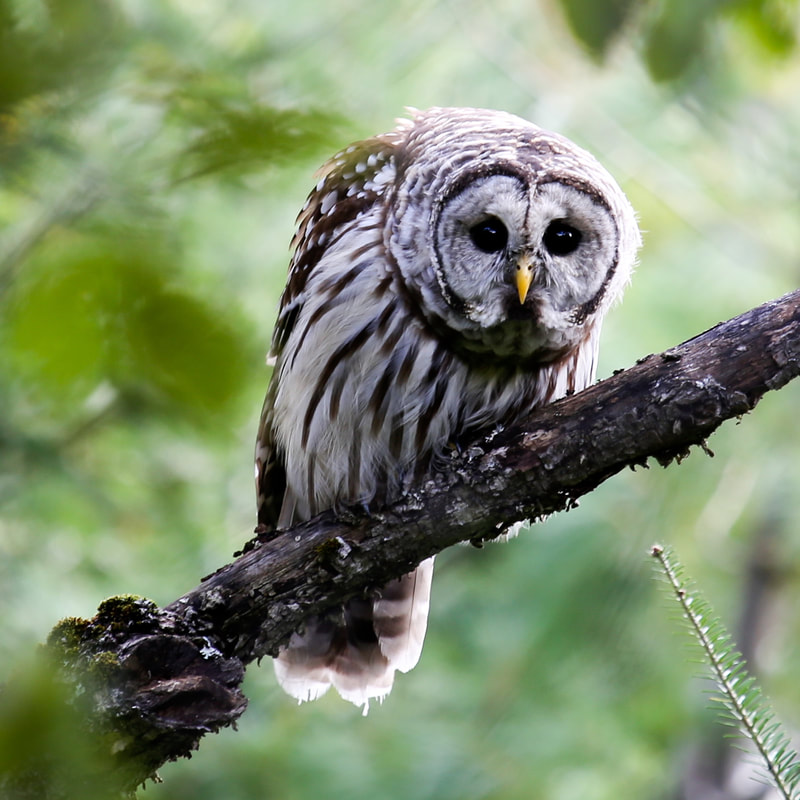

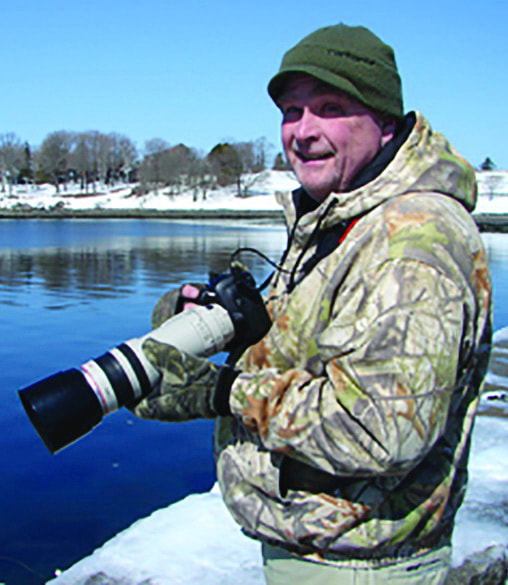
 RSS Feed
RSS Feed
